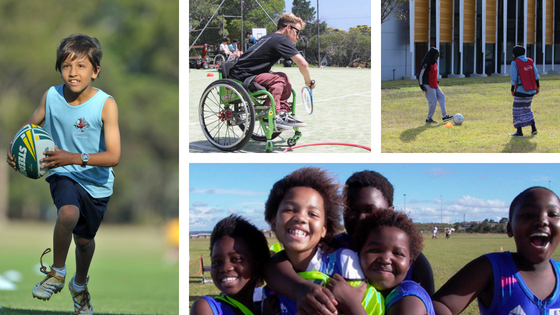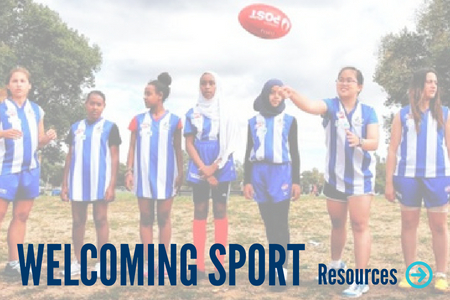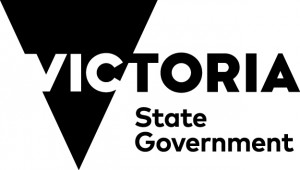In Victoria there are 100 state sporting associations and approximately 16,000 clubs and associations delivering sport and recreation opportunities in a range of communities across the state.
You may have heard the phrases inclusion and diversity used to define approaches to increasing participation in sport for all.
Often, the terms inclusion and diversity are used interchangeably, however they have different meanings that should be understood in the sporting context.
Photo credit: Touch Football Victoria, Disability Sport and Recreation and Football Federation Victoria
Diversity
Victoria’s community is not homogenous. The term diversity refers to the different characteristics of people who make up our community. This includes the following characteristics:
- Gender (including male, female and unspecified)
- Age
- Race (including nationality, ethnicity and colour)
- Culture
- Religion
- Sexual Orientation (Lesbian, Gay, Bisexual and Queer)
- Disability (including intellectual, physical or sensory disabilities)
Within families, friendship groups and local communities we may find diversity amongst people. In fact, the way each individual relates to these characteristics may differ. An individual is not defined by just one of these characteristics.
Diversity is a strength of our community. It is also the reason sport organisations should be inclusive in order to engage a wide range of people to participate in sport.
Inclusion
The term inclusion refers to what we do to ensure our diverse community is reflected in sport participants. Being inclusive means being proactive in the way we plan, lead and control the delivery of sport and recreation opportunities for everyone.
Inclusion in sport means everyone in our diverse community, regardless of their gender, age, race, culture, religion, sexual orientation or ability, is afforded a range of opportunities to participate.
A person is not defined by a single characteristic such as their age, religious affiliation or sexual orientation. Yet some communities are under-represented in sport participation. The Victorian Government’s Active Victoria framework includes a strategic direction for more inclusive participation for all. To achieve this, sport organisations should provide choice and opportunities to support greater participation by:
- People with disability
- Lesbian, Gay, Bisexual, Transgender and Intersex (LGBTI) communities
- Aboriginal Victorians
- People from culturally and linguistically diverse (CALD) backgrounds
- Women & Girls
- Older adults
In addition, people who are experiencing social or economic disadvantage are less likely to participate in organised sport or be physically active.
In understanding the need for inclusion in sport it is important to remember that individuals may identify with some, or all, of these characteristics.
These characteristics may mean that sometimes people face certain barriers to participation, such as language, accessibility, attitudes or even discrimination. If someone experiences multiple barriers it may be harder for them to participate in sport. Inclusion is about taking proactive steps to remove these barriers; and barriers are the result of the way sport products and services are often designed and delivered – not the characteristics of the individual. Every person has the ability – and the right – to participate in sport.
A successful approach to inclusion will give the community a voice and empower them to contribute to solutions, program design or other important decisions affecting them. Doing this helps to create welcoming and inclusive environments and can lead to greater involvement by diverse communities as participants, volunteers, administrators and officials.
** This content is part of a suite of online resources on "Welcoming Sport". To view further resources chick on the link below:
Tom Dixon
Participation Strategy Manager, Vicsport
You may also be interested in...
A complete approach to safeguarding the integrity of sport

By Paul Oliver In a fast changing, ever-evolving Australian sporting environment which is being impacted by online and technological progress, globalization of competitions and massive incentives to perform, sport is being bombarded by unprecedented challenges from many directions
Violence Against Women: An overview of research and approaches to primary prevention

Sport provides a valuable setting to change social norms, culture and behaviour to advance gender equality and prevent violence against women
Incoming Board Quotas

The deadline of 1 July 2019 for sporting organisations to meet the incoming quotas is just over 18 months away. Are you prepared?






















